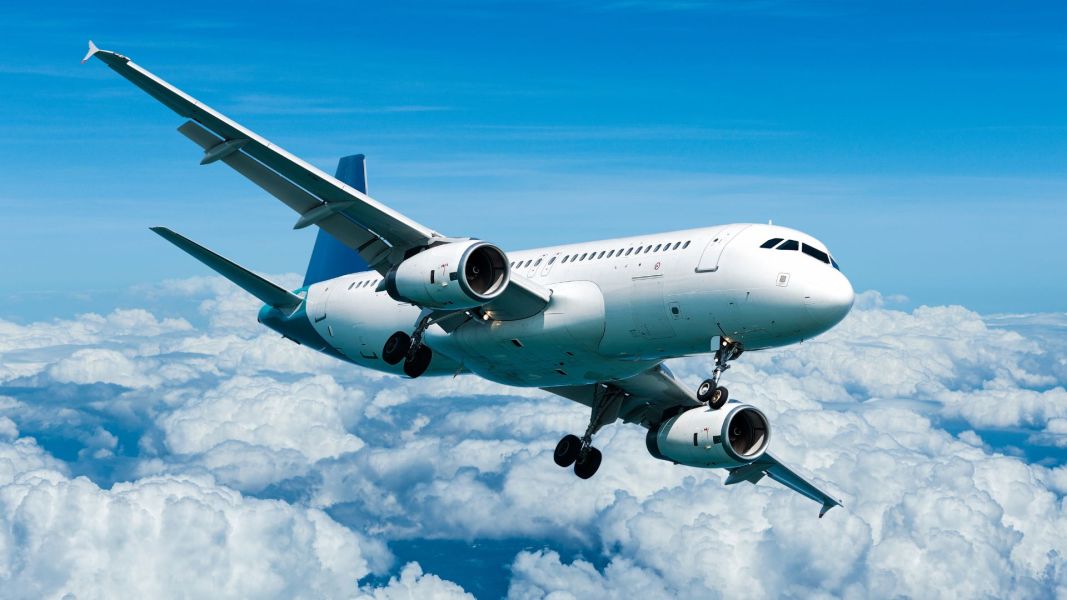When it comes to the impact of human activity on the environment, and specifically the amount of greenhouse gas in the atmosphere, the aviation industry has a fairly dismal reputation. To a certain extent, this is deserved – per mile traveled, air travel is far more carbon-intensive than other forms of travel. And when you consider private jets, which contain fewer passengers, the problem is even worse.
But the fact is that air travel is not going to be abolished in the near future. Thus, if we want to minimize the impact on the natural world, it makes sense to look for ways that it can be made greener.
This is a problem that airlines and travelers are already grappling with. So, what measures might we consider? And is it all likely to make a difference in the long term?

What Travelers are doing to help
There are a few measures that might help us as travelers to deal with the problem.
The first is to favor airlines that are taking the problem seriously. Look for greener airlines that offset their emissions via tree-planting schemes. This will tend to mean that you pay more for your air-miles, but if you take the problem seriously this will be more or less inevitable.
You might also consider taking a non-stop flight rather than one with a stop-off in the middle. A lot of fuel is consumed during take-off and landing, and by going non-stop you’ll avoid this – even if this does mean that the aircraft is more loaded during the flight.
We might also consider carrying less with us in the way of luggage. Less weight means less energy needs to be used to transport you and your luggage. Finally, we might think about offsetting the emissions ourselves by simply investing in the right schemes after we’ve paid for the travel.
What is the aviation industry doing to play its part?
So, what can the industry do to make the green airline a reality?
Private jet rental specialist VistaJet breaks the problem down into several categories.
The first, we’ve already mentioned. By offsetting air miles, the overall amount of carbon in the atmosphere can be driven down. In the case of VistaJet, offsetting projects are being chosen with the help of South Pole, which is an organization dedicated to identifying truly sustainable ways of reducing environmental harm.
The fuel being used also plays a critical role in making air travel greener. The use of alternatives to fossil jet fuel, made using waste oil and by-products from the farming sector, can help to drive down overall emissions.
The use of machine learning and artificial intelligence can help aircraft to adjust for small variations in the climate, and to optimize routes for maximum efficiency. This, combined with ongoing refinements of the engine, fuselage, and wings, along with advancements in technology, can all make a huge difference.

Founder Dinis Guarda
IntelligentHQ Your New Business Network.
IntelligentHQ is a Business network and an expert source for finance, capital markets and intelligence for thousands of global business professionals, startups, and companies.
We exist at the point of intersection between technology, social media, finance and innovation.
IntelligentHQ leverages innovation and scale of social digital technology, analytics, news, and distribution to create an unparalleled, full digital medium and social business networks spectrum.
IntelligentHQ is working hard, to become a trusted, and indispensable source of business news and analytics, within financial services and its associated supply chains and ecosystems










